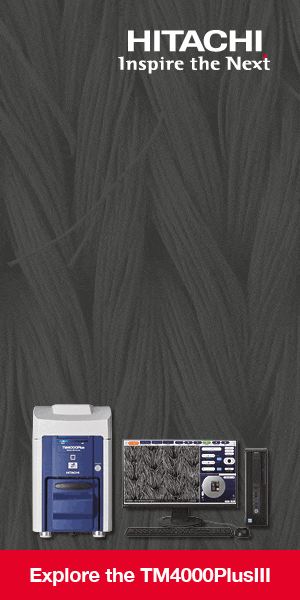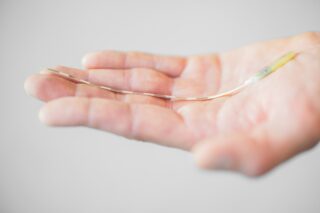Etisense is a startup born in a research laboratory at the University of Grenoble. Their product Decro is a non-invasive jacket equipped with sensors to perform cardiac and respiratory measurements on small laboratory animals. The company’s goal is to adapt to increasing societal pressure for animal welfare but also to improve the quality of data by working with animals as much as possible in their natural state. We spoke to Timothé Flenet, President and Scientific Director of Etisense.
MedicalExpo e-magazine: What motivated the design of such a product?
Timothé Flenet: In small animals, there is a lack of non-invasive tools to monitor cardiac and respiratory functions, to test the effect of new drugs, or for basic research where cardiac and respiratory pathologies are studied. Today, invasive techniques are used and this is problematic for two main reasons.
The first reason is an ethical issue. There is increasing pressure from society to take animal welfare into account. It is an extremely sensitive issue that has led to changes in the law in Europe. There is even a European directive that regulates the use of animals for research purposes and requires a number of things before using animals.
We must for example assess whether it is useful or not, if there is another way of doing things, and we must ensure that, throughout the experiment, animals suffer as little as possible. It is an obligation today, so it means that for a researcher or a pharmaceutical company, this issue is systematically addressed and evaluated by an ethics committee.
The second reason concerns the quality of the data. When you are invasive, you have a strong impact on the animal. Imagine implanting a fairly large sensor in an animal’s abdomen; it requires anesthesia, surgery, there are side effects, it will generate stress, etc. All this can introduce bias and therefore somewhat distort test results.
There is a growing awareness of the importance of having animals that are as much as possible in their natural state in order to obtain better quality data and use fewer animals while having more accurate results. Because stress creates a variation in the animal’s normal parameters, we try to avoid this. With Decro, the idea was to develop a tool that meets these two ethical and data quality issues.

MedicalExpo e-magazine: How does Decro work and what are its most innovative aspects?
Timothé Flenet: It takes the form of a small jacket which animals wear. They are listened to through a small electronic card that goes behind the back and collects cardiac and respiratory information along with the animal’s movements.
The vest combines several sensors directly connected to the tissues: inductive plethysmography sensors that will measure changes in the volume of the animal’s rib cage to monitor breathing (it is also used in humans for sleep apnea tests, for example); a conventional electrocardiogram sensor; an accelerometer to record the animal’s movements to detect when it moves, when it rests, etc.
The system combines these three types of sensors with software that will analyze this data to produce a number of parameters, such as heart rate, respiratory rate, volumes that are inhaled, exhaled, etc.
We also have a completely unique measurement that was invented in our laboratory: a non-invasive measurement of cardiac output. People are often interested in the electrical activity of the heart, but the primary function of the heart is to circulate blood through the body. With Decro, we are for the first time able to measure this parameter in a non-invasive way and without having to anesthetize the animals. This is something that has been patented by the laboratory.
MedicalExpo e-magazine: What are the possible applications?
Timothé Flenet: The proposed measurement parameters are used in many different situations. They allow us to test the toxicity effects of a molecule or the efficacy of a drug that would treat a cardiac or respiratory pathology. They can also be used to monitor an animal’s condition on a day-to-day basis to ensure that it is fine—much like monitoring in a hospital. So it’s not just for those who do research, it’s very broad.

Today our customers are pharmaceutical companies, academic research laboratories, research institutes and anyone who uses animals for research purposes and who has an interest in limiting invasiveness. Our market is global with a large proportion of our customers in Europe, North America and Asia.
This question of limiting invasiveness is in the minds of many people today for economic reasons as well. Because performing surgery to implant an animal costs money: it takes several weeks for it [the animal] to recover, it must be taken care of, we have to make sure it is fine, which mobilizes resources… So all this has a cost. So we bring simplicity and fluidity to the tests with our product.
MedicalExpo e-magazine: What are the next steps for you?
Timothé Flenet: The product should be launched next year. At this stage, it is intended for only one target species: the rat. But what is being done applies to most species used in laboratories (rabbits, guinea pigs, etc.) except for the mouse, which is too small an animal.
And why not go to humans one day, especially with this new non-invasive measurement of cardiac output. It is a little early to say how this would work. There are many potential applications and we have to find the one where it makes the most sense.











